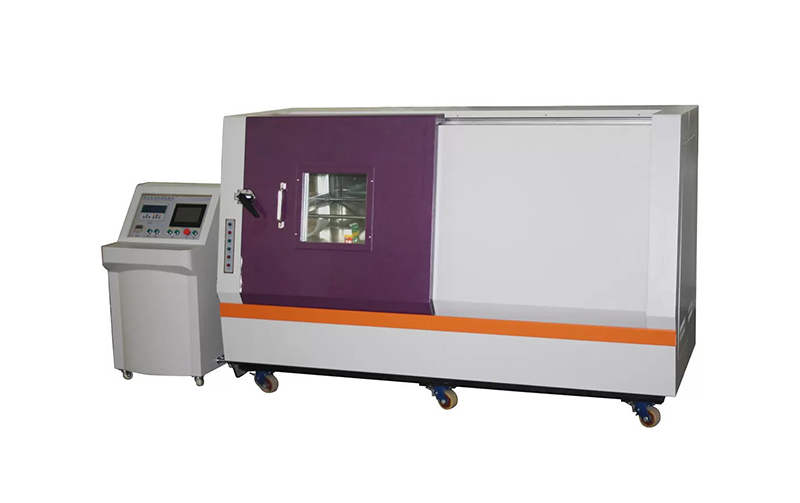The Relationship of the Nail Penetration Test to Safety of Li-Ion
Nail penetration is one of the most important methods to study the internal short circuit safety of lithium ion batteries (LIBs). Internal short circuit tests of Lithium-Ion Batteries (LIBs) are used to test battery safety behavior in a custom made battery cell stressing chamber. A series of penetration tests on LIBs under different conditions are conducted. The effects of the states of charge (SOC), penetration positions, depths and speeds are analyzed.
As for different penetration positions, thermal runaway reaction is more severe when the battery is penetrated at center due to the faster propagation of thermal runaway. The battery surface temperature is not positively correlated with penetration depth, and the temperature distribution becomes more nonuniform with the increasing of penetration speed. All batteries get into thermal runaway if their temperatures exceed 233 °C due to the shrinkage of separator and trigger of reaction between cathode and electrolyte. The fire behavior of penetrated batteries is exhibited in this work.
The nail penetration test has been widely used across the battery industry and battery-user community to assess lithium-ion battery safety.
The Relationship of the Nail Penetration Test to Safety of Li-Ion Cells
1. Battery companies, automotive companies and other battery users carry out nail penetration tests to assess safety of Li-ion cells, presumably to simulate internal shorts.
2. The nail penetration test involves driving a metallic nail through a charged Li-ion cell at a prescribed speed.
3. The cell/chemistry is deemed to have passed if there is no smoke or flame following the nail penetration (visual evaluation, sometimes as a severity level).
This Battery Nail Penetration Testing Machine is suitable for acupuncture testing of various power battery cells/modules/battery packs and battery systems, simulating needle-like objects or other sharp objects pierced or pierced during packaging, transportation, storage, use, and disposal of household waste Situation. Used to evaluate the safety performance of battery cells/modules/battery packs and battery systems.



Contact Us